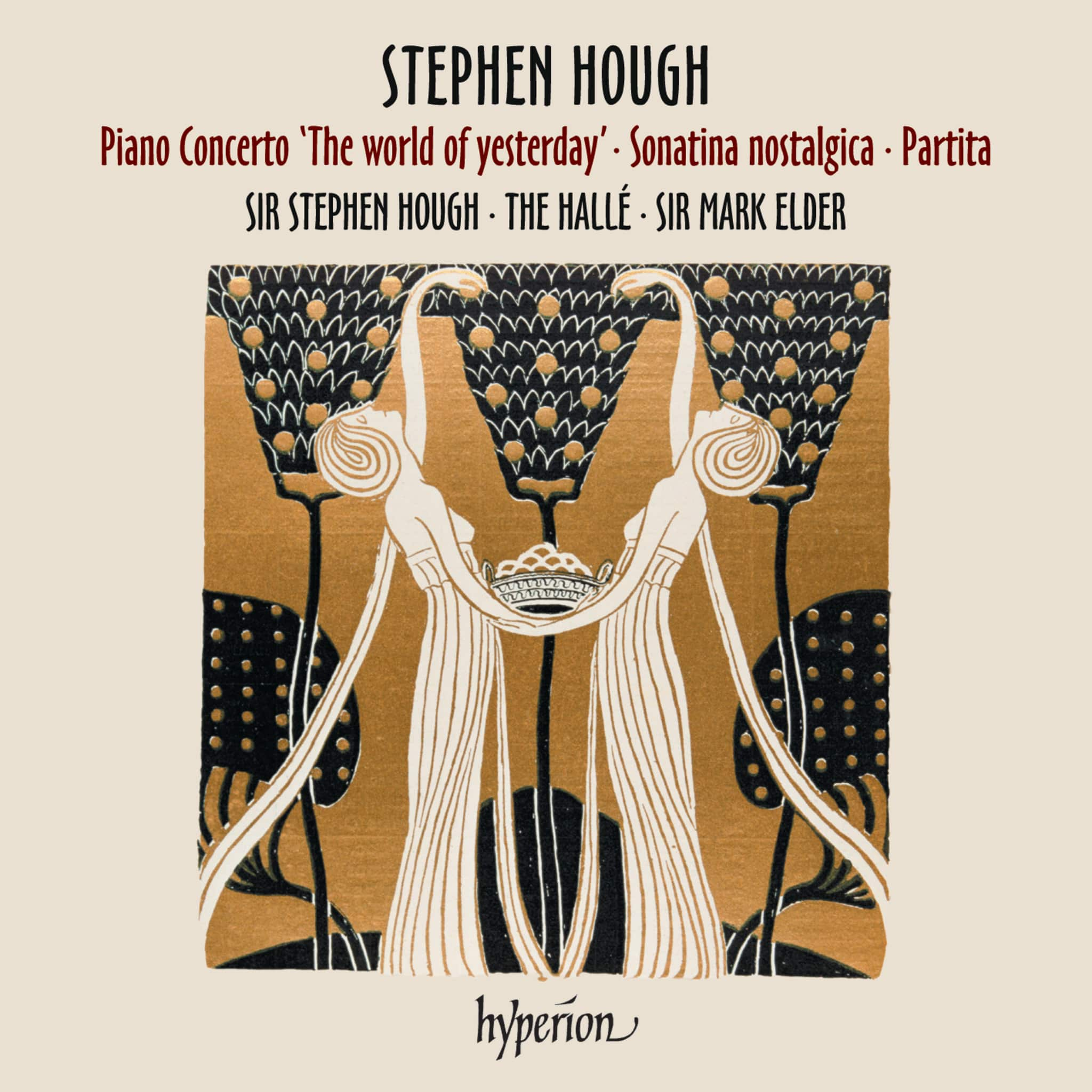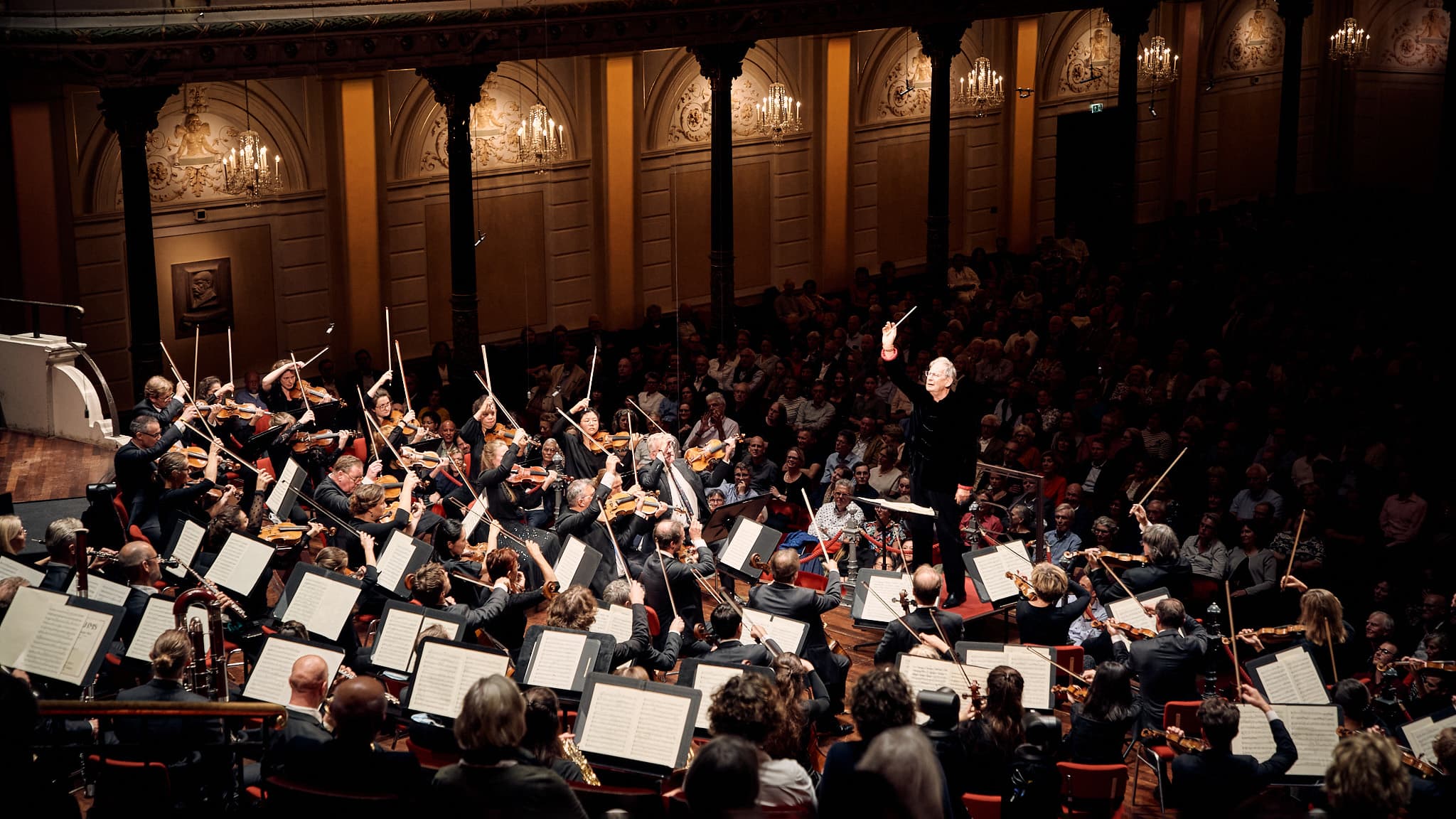Album insights
The composition of Spem in alium by Thomas Tallis is shrouded in mystery and intrigue. With no surviving fragments or sketches, details of its creation remain elusive. Despite the lack of concrete information, we can revel in the richness of harmonies, diverse melodies, dramatic flow, and intricate architecture that Tallis masterfully fashioned. Each question surrounding the piece's genesis only deepens the intrigue, necessitating further exploration by researchers.
Spem in alium, designed for eight five-part choirs, unfolds in a unique structure where the music moves sequentially across these choirs. Starting from Choir 1 on the left, it progresses through each choir until culminating in Choir 8 on the right. Notably, in Bar 40, all 40 voices come together before the composition transitions back to Choir 8 and navigates back to Choir 1. The piece features exchanges between the choirs, with musical material passed between them, highlighted by imaginative melodies and robust harmonies throughout.
The liturgical text of Spem in alium originates from a Responsory in the Salisbury liturgy, responding to a reading from the Book of Judith in September. This narrative recounts the salvation of Betulia by Judith, who cunningly ends the siege by befriending and then beheading the enemy general, Holofernes. Tallis' choice of this particular text remains a mystery, especially considering the contemporary absence of the Salisbury liturgy.
Various theories speculate on Tallis' motivation behind creating such a grand piece, with a particular anecdote suggesting it may have been in response to a challenge presented by a certain Duke during Queen Elizabeth's reign. The storytelling surrounding this event intertwines elements of prestige and skill, adding layers to the enigmatic lore surrounding Tallis' magnum opus.
As Tallis navigated the intricacies of his career, from his early days as an organist to his collaborations and achievements at the Chapel Royal, his legacy endures through a diverse array of musical compositions. Through shifting musical landscapes and evolving demands, Tallis' knack for adapting alongside the changing times paved the way for his enduring influence in the realm of sacred vocal music.








